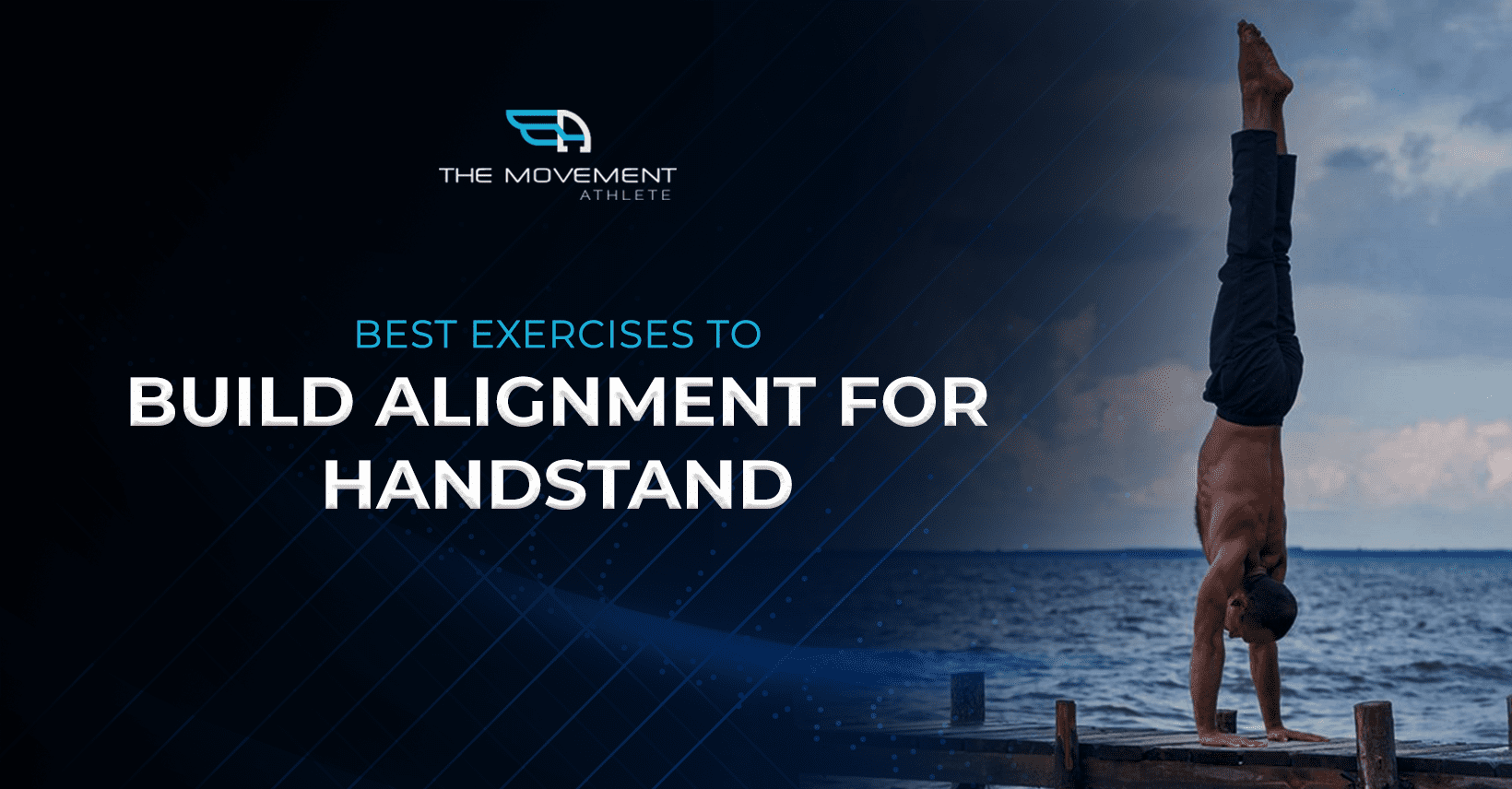
Join the tribe of Movement & Calisthenics Athletes – people just like you that are working with their own body weight to get strength, lose fat build muscle, recover from injuries and live their best lives!
Build your straight line handstand with proper handstand alignment! 🤸♀️🤸♀️
Handstand alignment should be in your checklist if you want to learn a perfectly straight handstand.
The key point to a good alignment is being able to stack your wrist on top of your shoulders, hips, and toes: meaning perfectly straight line.
It’s not just about having the perfect form for aesthetics (but looks way cooler anyway so aim for it 😎), having good alignment makes your handstand more efficient and easier to do!
You’ll have to put less stress on your shoulders, less stress on your lower back, less pressure on your wrists and much much more control.
This minimizes any risk of injury making your handstand learning process faster and more enjoyable.
Here are the 4 best exercises to fix your handstand alignment:
🤜Candle Stick
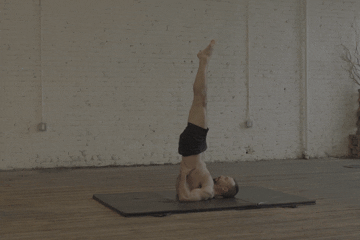
This exercise builds your abdominal, oblique and glute strength for you to hold a straight-line position. It looks pretty easy but don’t underestimate this exercise. Practicing this will catapult your forward in your handstand journey. Just be sure to engage your core while holding the position and avoid arching your lower back.
👍How to perform:
- Begin by sitting up straight, knees bent into chest, feet on the floor, and arms straight along your sides.
- Roll back onto your shoulder blades as your legs go straight up.
- Use your hands to support your low back to maintain that straight position.
- Keep core and abdominals tight. Your body should be straight from your toes down to your shoulders.
- Legs together and straight, toes pointed.
- Hold position for specified time.
🤜Hollow Hold
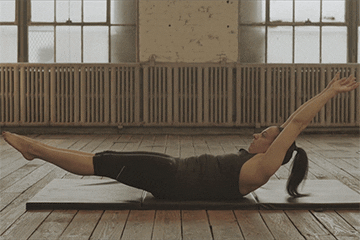
This is one of the most popular exercises known to help you in your handstand journey as well as other calisthenics skills. The hollow hold teaches proper posterior pelvic tilt while strengthening your core muscles. This is why it has very good skill and strength transfer to other calisthenics skills and exercises. Also, you’re basically doing a handstand position while lying down when you’re in a hollow hold.
One thing that needs emphasis: make sure your back is fully flat on the floor during the hold. This ensures you’re engaging your core. If the exercise is too difficult, move your arms to your sides and lift your feet up until you find a challenging enough position.
👍How to perform:
- Begin laying on the floor, straighten arms and extend next to the ears.
- Legs extend straight out, with toes pointed. Contracting the abs, and squeezing the legs together, lift arms, scapulas, and legs up a few inches up off the floor.
- Chin should be tucked in towards the chest, abdominals fully squeezed.
- Hold position for specified time, then return to laying flat.
🤜Laying Shrugs
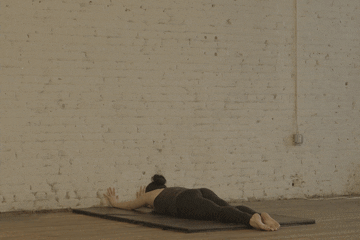
If your shoulders aren’t properly aligned during a handstand, your body will make any adjustments just to keep up in your handstand. This might result in arching of the lower back, more shoulder strength demand, or just plain lack of balance and control.
Laying shrugs, if done correctly, open up your shoulders so you can increase overhead shoulder mobility. And the more mobility you have, the more you can align your shoulders to the rest of your body.
👍How to perform:
- Lay prone in front of the wall.
- Extend your legs out straight, with your feet squeezed together and toes pointed.
- With your arms straight beside your ears, place your palms flat against the wall.
- Tighten body and hold the position for specified time.
- Press into palms against the wall with scapula upward rotation, then back to starting position.
- Repeat shrugs.
🤜Wall Handstand Holds
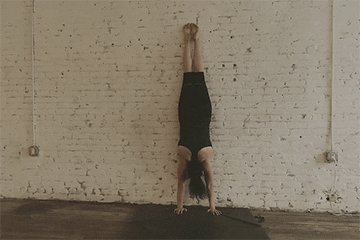
Facing the wall handstand hold puts the strength and alignment component together. The exercise also forces you to align your body or else you will fall forward. This is a great tool and a must-have in your handstand training.
To quickly differentiate this from the against the wall handstand, facing the wall prevents you from any misalignment since you will fall forward if you do. This makes this exercise great for alignment issues.
For the against the wall, it’s best for beginners who still have fear of inversion since the wall will be catching you for any forward roll.
👍How to perform:
- Begin standing with back to the wall.
- Bend down and place your palms on the floor, wall walks into a handstand facing the wall.
- Legs straight, abdominals tight, palms on floor shoulder-width apart.
- Hold the position for specified time.